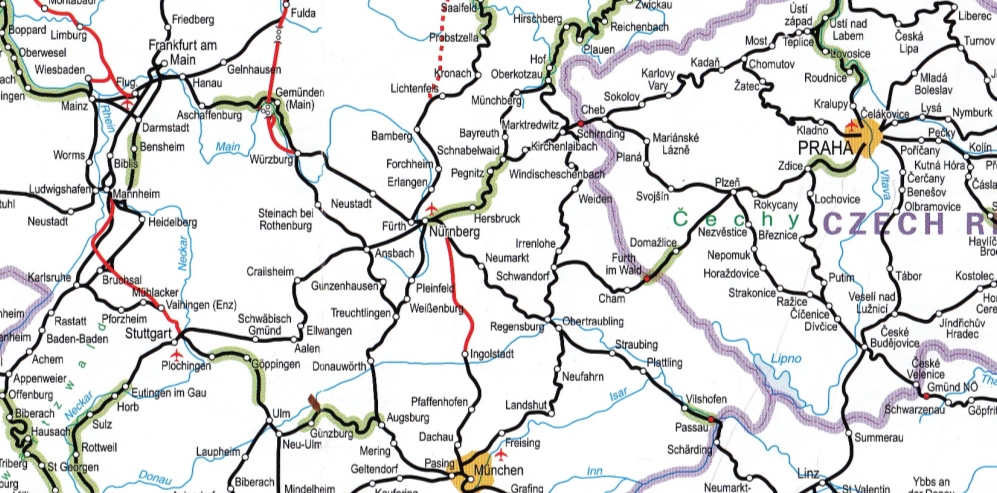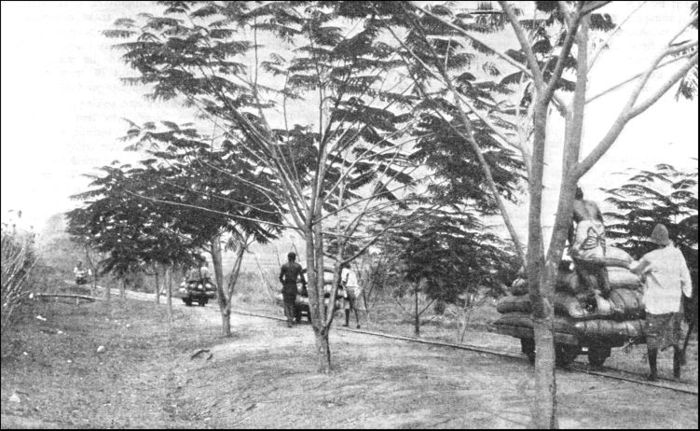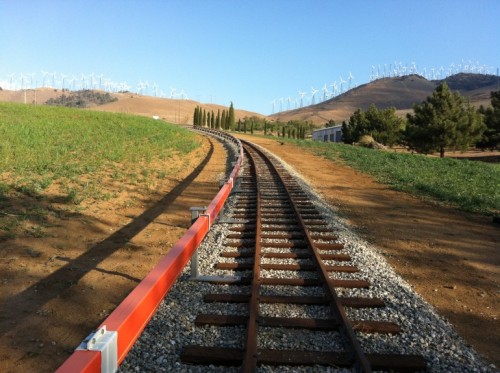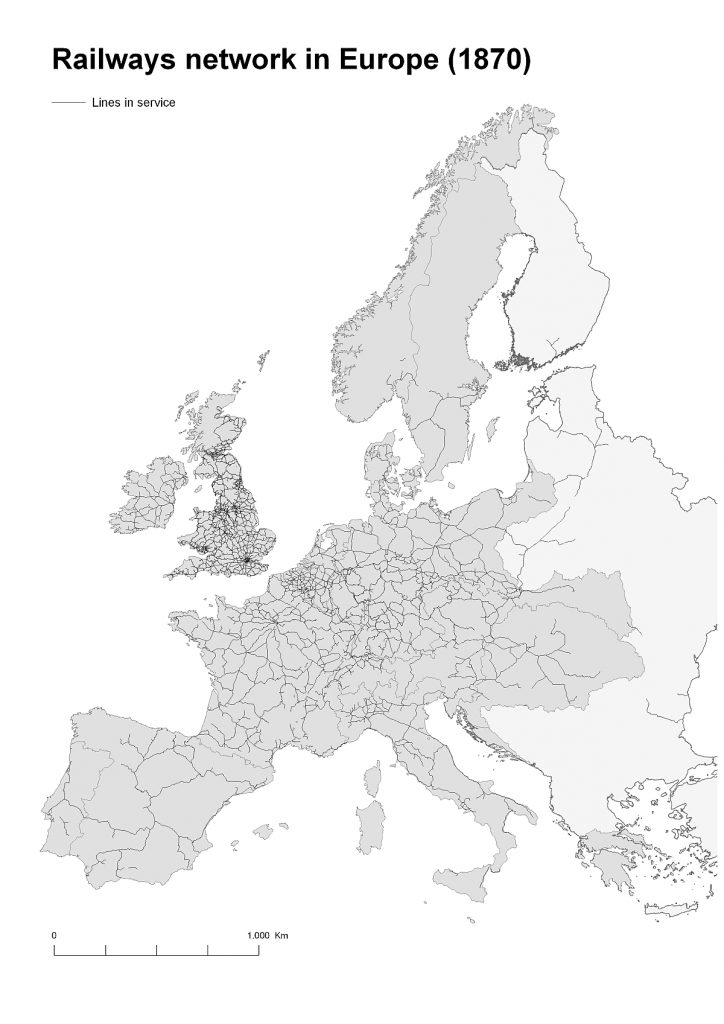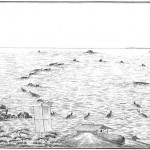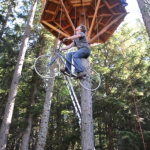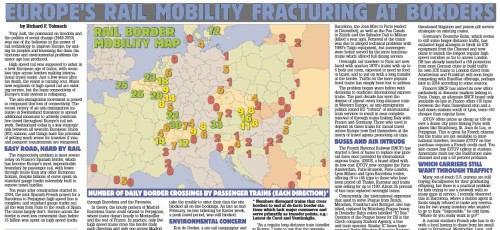 The latest issue (PDF, page 4/5) of California Rail News talks about our article on high-speed trains, and adds some interesting information:
The latest issue (PDF, page 4/5) of California Rail News talks about our article on high-speed trains, and adds some interesting information:
The French National Railway (SNCF) has started a fleet of buses to replace international express trains. iDBUS, a brand allied with its low-cost iDTGV now occupies the Paris-Amsterdam, Paris-Brussels, Paris-London, Lyon-Milano and Lyon-Barcelona routes, offering 9 to 45 euro trips to those who have been priced off Thalys, Eurostar and trains now selling for up to 180 euro.
About 25 percent of the traffic is former overnight train trips, and the rest daytime runs with fares only a few euros cheaper than trains. Concurrently, the international expresses that used to serve Prague from Zurich, München, Frankfurt and Stuttgart also vanished, replaced by Nürnberg-Prague buses in Deutsche Bahn colors labeled IC Bus.
California Rail News editor Richard Tolmach also sent us a news article that does not bode well for the future of high speed rail travel in France:
France’s economic conditions mean passengers aren’t willing to pay up the money for the most expensive high speed rail routes.
Recording a net loss of 180 million euros in 2013 and effectively reversing the 376 million euro profit of the previous year is down to the 1.4 billion euro writedown of the high speed long distance train network value.
SNCF said that TGV “is not sufficiently profitable to cover the carrying amount of its fleet and its renewal.”
– See more at: http://www.totalrail.org/2014/02/17/frances-high-speed-rail-network-loses-2-billion-value/#sthash.IjguUGdE.dpuf
France’s economic conditions mean passengers aren’t willing to pay up the money for the most expensive high speed rail routes. Recording a net loss of 180 million euros in 2013 and effectively reversing the 376 million euro profit of the previous year is down to the 1.4 billion euro writedown of the high speed long distance train network value. SNCF said that TGV “is not sufficiently profitable to cover the carrying amount of its fleet and its renewal”.
Previously: High Speed Trains are Killing the European Railway Network.
